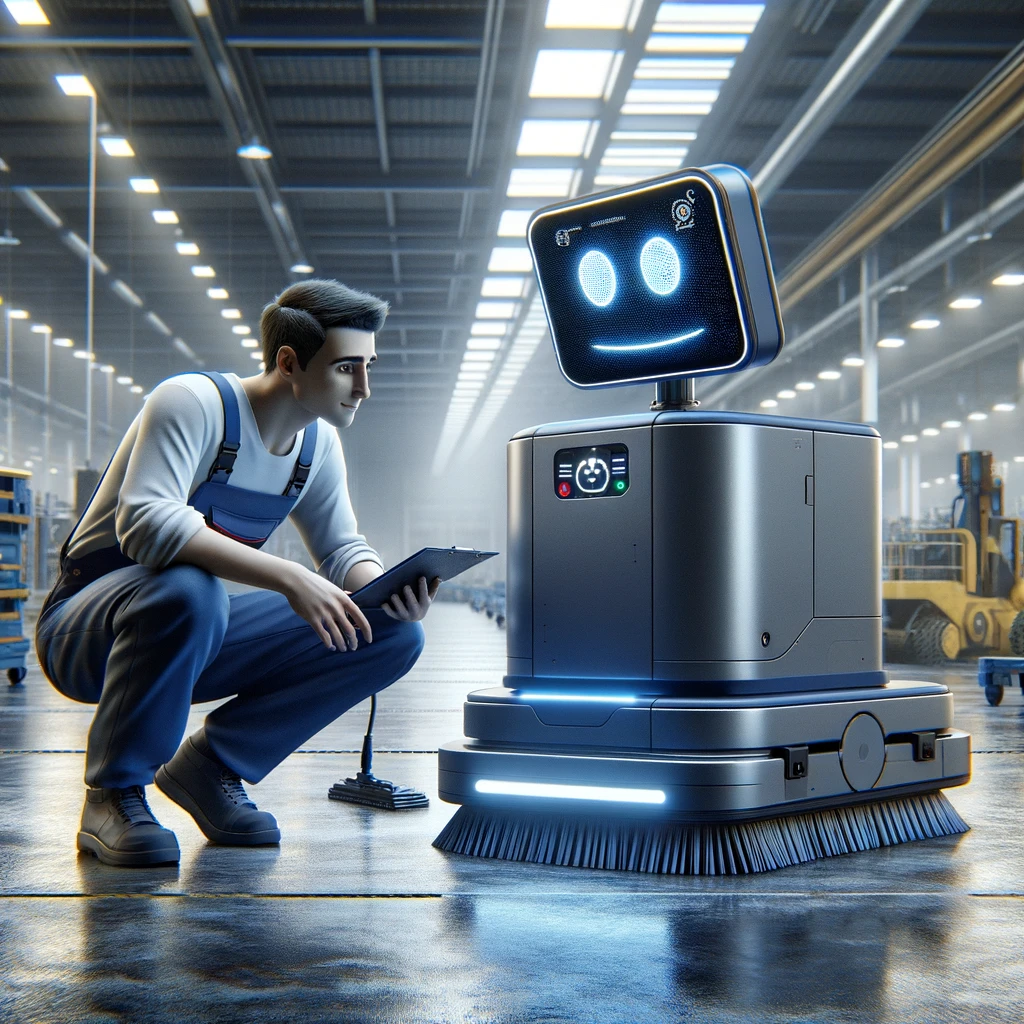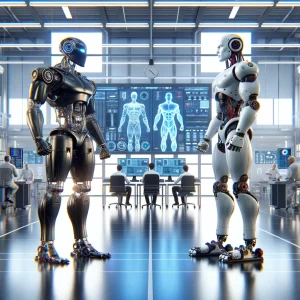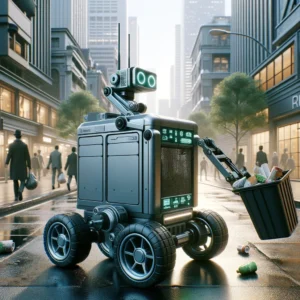
The Singularity Watch- Special Edition
Dear Thought Leaders and Innovators,
In this thought-provoking special edition of The Singularity Watch, we delve into a topic that sits at the heart of our rapidly evolving world: the impact of robots and automation on human jobs. As we stand at the precipice of a new era in technological advancement, the conversation around automation’s role in the workforce has never been more relevant or urgent. Adoption of a robotic workforce seems to be just around the corner and will only accelerate with the advent of humanoid robots it is imperative we have these conversations now and set the tone to lubricate the transition so that the human workforce isn’t left forgotten and forlorn. Because dear readers, that gives way to hate and desperation against our coming robotic companions.
The Automation Wave: Displacement or Opportunity?
The march of automation and robotics into various sectors, from manufacturing to services, presents a double-edged sword. On one side, it heralds unparalleled efficiency, precision, and the ability to perform tasks beyond human capability. On the other, it raises valid concerns about the displacement of human jobs, stirring debates on the future of work.
However, it’s crucial to recognize that this shift isn’t just about displacement; it’s about transformation. The key to harnessing the positive potential of automation lies in our approach to retraining and education, preparing the workforce not just to coexist with robots but to thrive in a new landscape where human creativity and robotic efficiency complement each other. The coming fleets of delivery robots will require maintenance and grand factories producing parts and assemblies. Programmers and designers will have decades of work ahead of them as another industrial revolution transforms the developed world. Each machine will need repair and service, all items humans are uniquely qualified for.
Retraining: The Bridge to the Future
Retraining and upskilling initiatives are pivotal in transitioning to a world where humans and robots work hand in hand. By focusing on skills that robots cannot replicate — creativity, empathy, strategic thinking — we can create a workforce that leverages automation for higher-order tasks, opening new avenues for employment and innovation.
The Golden Question
Now here’s the golden question every automotive worker asked at the dawn of automation.
“Why bother at all with robots?”
The answer will change depending who you ask. If you ask me I point to three core reasons. The first is productivity, as the modern world demands more and more and the march of consumerism continues our factories and farms alike are pushed to the brink of productivity and cost efficiency. To maintain our way of live we must leverage robotics to increase productivity and drive cost downwards in a way a human workforce cannot, because there we find a dystopian-inspired indentured workforce.
The second reason is the opportunity to uplift society. It is only recently in human history that were we able to break free from the farms and pursue higher learning and the arts. Before the advent of commercial farming, able to feed the masses we were relegated to farming our own land and seeking other means to feed our families. Now it’s as easy as swiping your shiny new AMEX at the grocery store, as robots take over more and more menial tasks we are free to pursue greater endeavours. Consider the humble home robot vacuum, dutifully cleaning your floors and removing the daily task of sweeping from your list of to-dos. Instead of spending 30 minutes with a broom, you are free to spend that time with your family or learning a new slue of skills.
Finally, a robotic workforce will be required to combat an aging workforce. With the massive weight of the Baby Boom generation finding themselves retiring and aging our workforce is diminishing when we need it most. Who will fill the void and how will our ability to service our aging communities be affected if not for a robotic workforce? In the modern world, immigration has stemmed the tide with mixed results however this prolongs the inevitable as the march of time is unstoppable.
Case Studies: From Challenge to Opportunity
Numerous industries are already showcasing how this transition can be managed successfully. In healthcare, robots assist in surgeries, allowing medical professionals to focus on patient care and complex decision-making. In the automotive industry, collaborative robots work alongside humans, enhancing productivity and safety. These examples underscore the potential for a symbiotic relationship between human workers and robotic systems, where each complements the strengths of the other.
Join Us in Shaping the Future
As we navigate these changes, The Singularity Watch invites you to join our exploration of the future of work. Subscribe to our mailing list and join our member portal for access to in-depth analyses, expert opinions, and discussions on how we can collectively prepare for a future where automation and human ingenuity create new opportunities for all.
The journey ahead is filled with challenges and possibilities. By embracing retraining and education, we can ensure that the future of work is not marked by displacement but by a new era of collaboration and innovation.
In the face of automation’s relentless advance, The Singularity Watch stands as a beacon for thoughtful dialogue and action. Join us, and together, let’s shape a future where technology elevates everyone, forging a path where progress and compassion go hand in hand. Welcome to the conversation. Welcome to the community.

